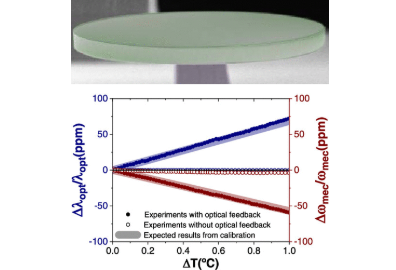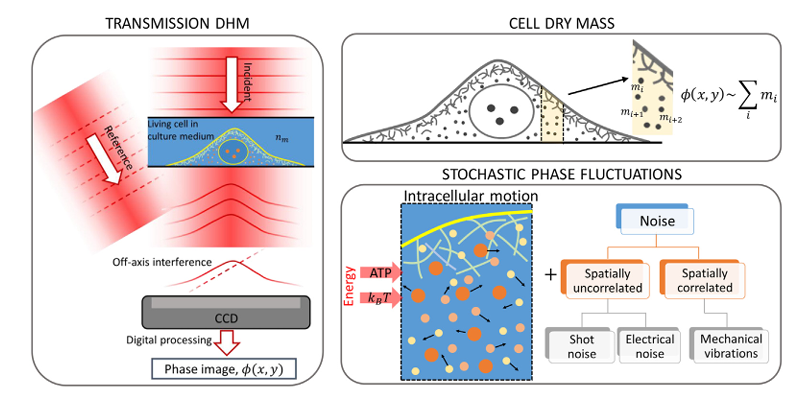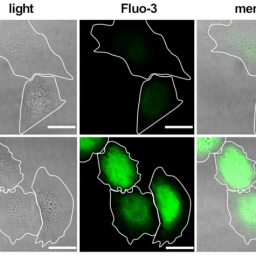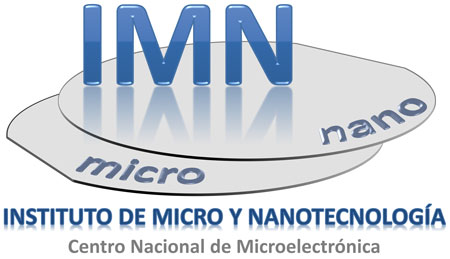
Authors: Elena Sentre-Arribas, Alicia Aparicio-Millán, Aristide Lemaître, Ivan Favero, Javier Tamayo, Montserrat Calleja, and Eduardo Gil-Santos
Article.ACS Sensors vol: 9,1. page:371-378
Date: 29.DIC. 2024.
Doi:10.1021/acssensors.3c02103
Abstract:
Optical and mechanical resonators have each been abundantly employed insensing applications, albeit following separate development. Here we show that bringingtogether optical and mechanical resonances in a unique sensing device significantly improves thesensor performance. To that purpose, we employ nanoscale optomechanical disk resonators thatsimultaneously support high quality optical and mechanical modes localized in tiny volumes,which provide extraordinary sensitivities. We perform environmental sensing, but theconclusions of our work extend to other sensing applications. First, we determine optical andmechanical responsivities to temperature and relative humidity changes. Second, bycharacterizing mechanical and optical frequency stabilities, we determine the correspondinglimits of detection. Mechanical modes appear more sensitive to relative humidity changes, whileoptical modes appear more sensitive to temperature ones, reaching, respectively, 0.05% and 0.6mK of independent resolution. We then prove that simultaneous optical and mechanicalmonitoring enables disentangling both effects and demonstrates 0.1% and 1 mK resolution, evenconsidering that both parameters may change at the same time. Finally, we highlight the importance of actively tracking the opticalmode when optomechanical sensor devices. Not doing so enforces tedious independent calibration, influences the device sensitivityduring the experiment, and shortens the sensing range. The present work hence clarifies the requirements for the optimal operationof optomechanical sensors, which will be of importance for chemical and biological sensing





